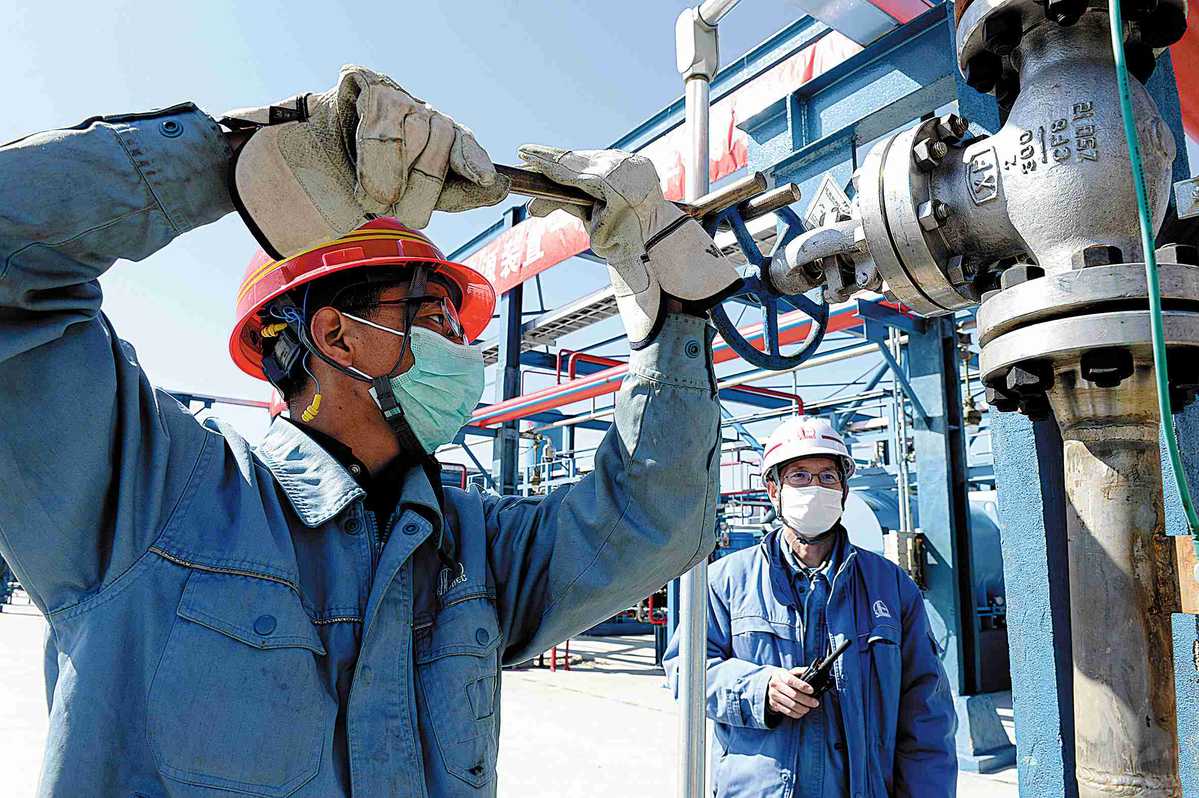Nation powers ahead with hydrogen use at Games


Ivy Yin, energy transition analyst at S&P Global Platts, said that compared with overseas suppliers, China's hydrogen electrolyzers are already much cheaper for proton exchange membrane and alkaline technologies. Proton exchange membrane, or PEM, fuel cells are considered the most versatile type of such cells currently in production. They produce the most power for a given weight or volume of fuel cell.
Yin said, "China is expected to become a key global hydrogen equipment supplier by bringing down manufacturing costs, similar to the way in which it has led global solar panel production."
While penetrating new markets with low-carbon energy still requires huge investment in infrastructure-including hydrogen transportation, storage and delivery-as well as renewable electricity generation, these challenges are not unique to China, she said.
Along with renewables and nuclear energy, there is a need for carbon neutral hydrogen to continue increasing its share of China's energy mix to displace coal and gas, Yin added.
Cheaper option
According to strategic research provider BloombergNEF, China's aim for carbon emissions to peak by 2030 and to achieve carbon neutrality by 2060 will result in major emitters, including the power, transportation and other industries taking serious measures. This action will enable hydrogen to play a valuable role in "decarbonizing" long-haul trucks carrying heavy loads.
Mi Siyi, an analyst at BloombergNEF, said estimates show that these trucks could be cheaper to run by using hydrogen fuel cells, rather than diesel engines, by 2031.
The China Hydrogen Alliance, a government-supported industry group, predicts that the gas will make up at least 5 percent of the nation's energy mix by 2030, while the domestic hydrogen industry is expected to attract more than 300 billion yuan ($47.4 billion) this year.
Royal Dutch Shell is equally positive about the future for the clean fuel, believing that hydrogen use by 2060 will rise considerably from negligible levels today, mainly due to its application in industry and long-distance transportation.
The exponential increase in hydrogen demand will create opportunities for provinces with cheap renewable energy resources, the company said.
According to Yin, carbon neutral hydrogen uses excess renewable power supplies to produce green hydrogen when supply exceeds demand.
"Hydrogen can also be stored and easily transported across long distances, which is difficult for renewable energy due to the significant challenges associated with cross-regional power transmission," Yin said.
Chinese companies-public and private-are starting to draw up hydrogen development plans.
China Petroleum and Chemical Corp began constructing the world's largest green hydrogen project in Xinjiang Uygur autonomous region in November.
The plant is expected to produce 20,000 metric tons of green hydrogen annually after it starts operating next year, and is part of the company's $4.6 billion investment plan in the hydrogen sector through 2025. Sinopec also aims to boost its annual hydrogen production capacity to 500,000 tons by 2025.
- Toxic gas leak in Anhui classified as major work safety liability accident
- Xiamen Marathon runners banned for smoking on course
- China's Shijian 32 satellite launch mission fails
- China's anti-graft efforts deepen in 2025, with 115 senior officials probed
- Norovirus infections sicken over 100 students in Guangdong school
- Snapshots of Chinese space station passing in front of sun




































